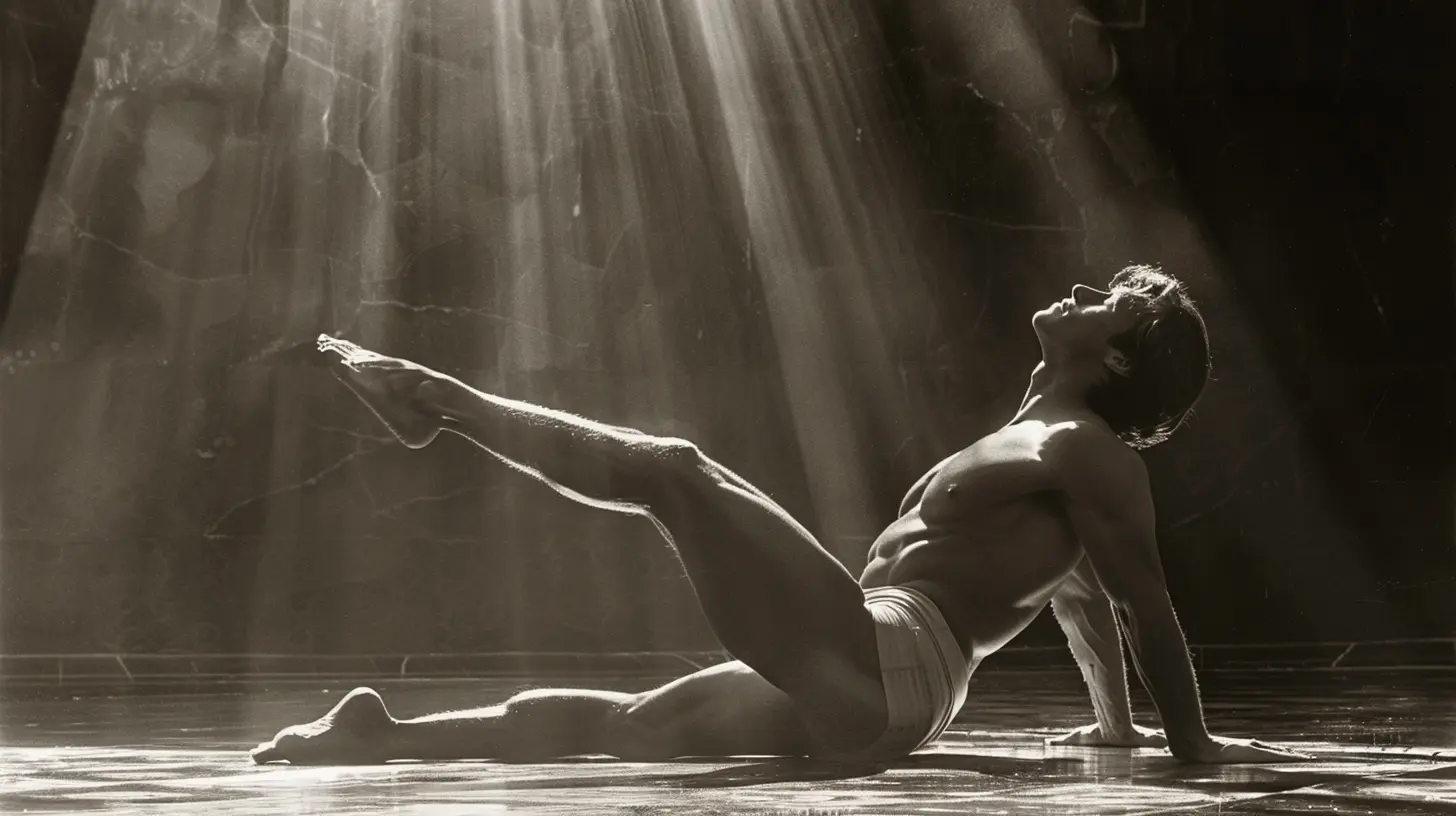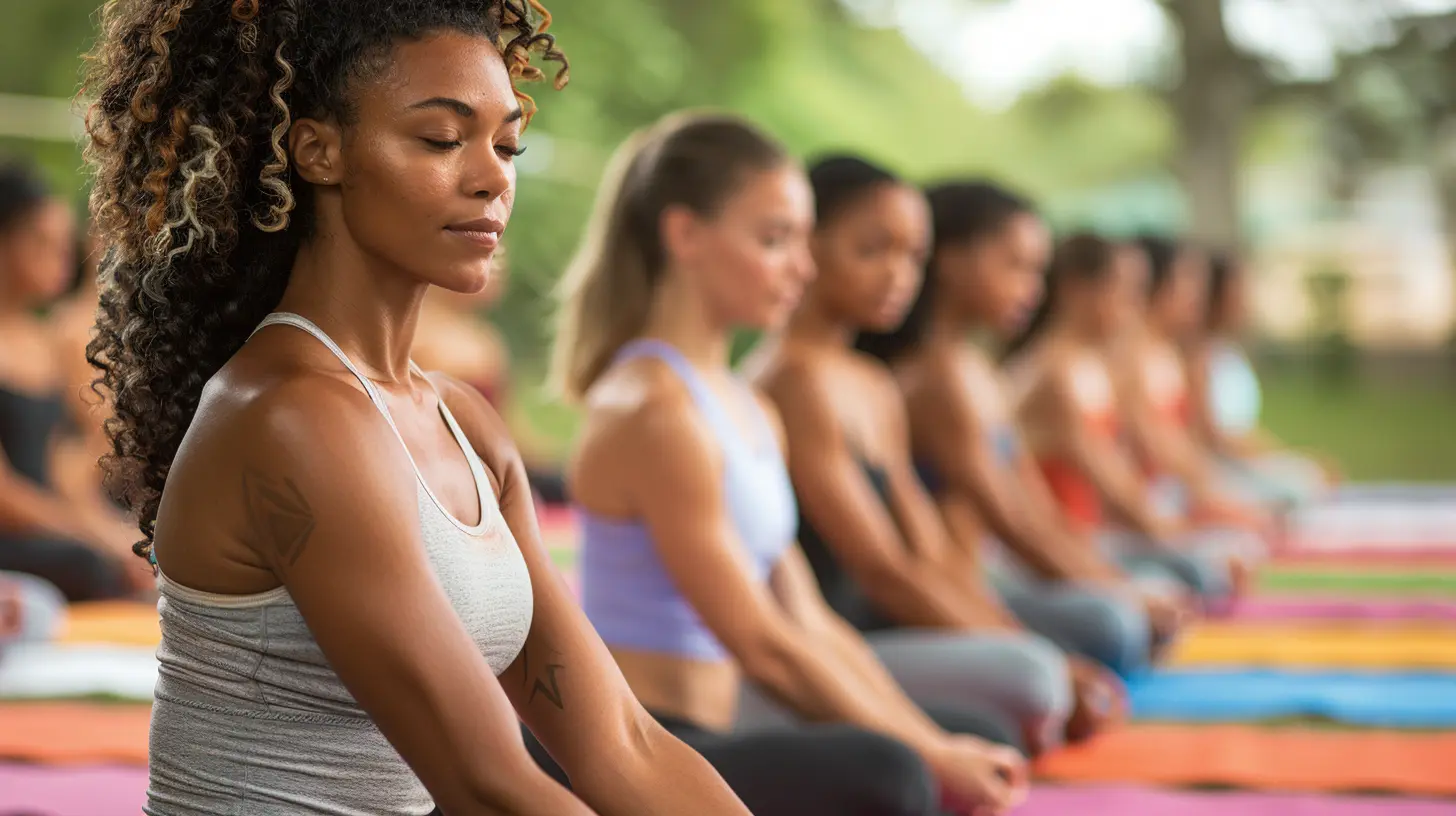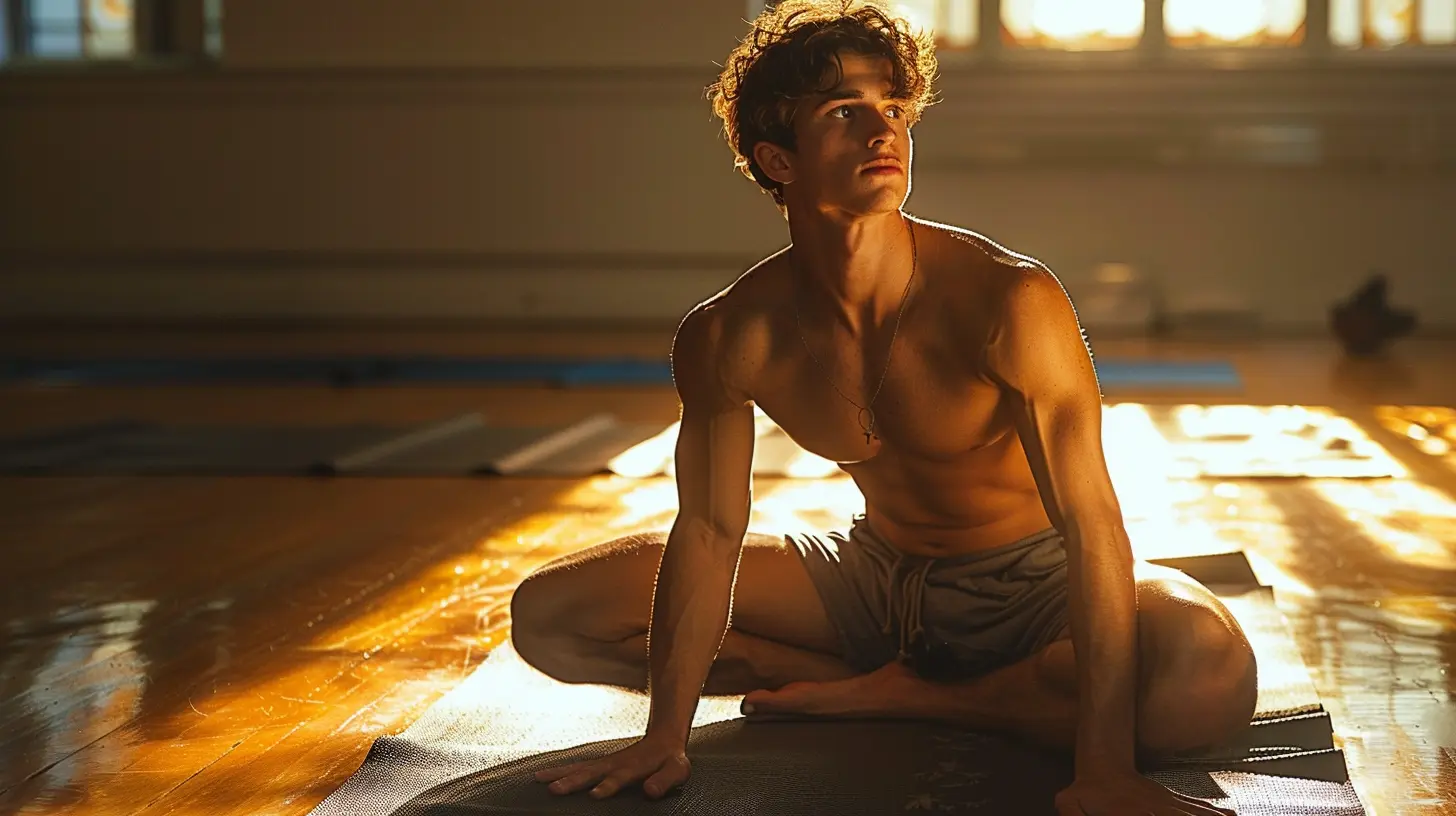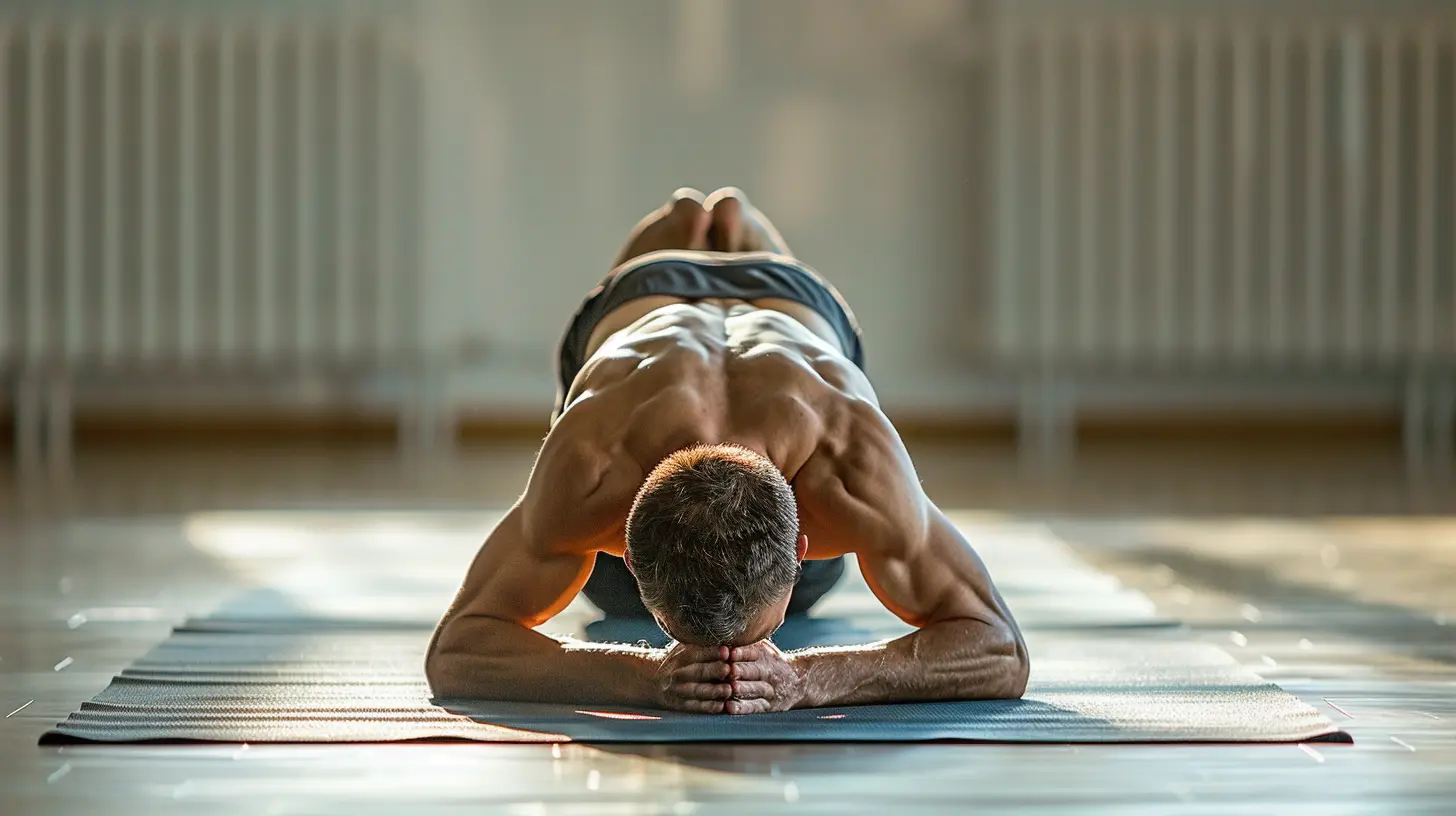The Importance of Stretching: Yoga for Athletic Longevity
2 June 2025
Athletes push their bodies to the limit, striving for faster times, greater endurance, and stronger performances. But there's one crucial aspect of training that often gets overlooked—stretching. Specifically, yoga.
Yoga isn't just for meditation or flexibility; it's a game-changer for athletic performance and longevity. Whether you’re a runner, weightlifter, or weekend warrior, incorporating yoga into your routine can drastically improve your mobility, recovery, and injury prevention. Let’s break down why stretching—and yoga, in particular—should be a non-negotiable part of every athlete’s regimen.

Why Stretching Matters for Athletes
1. Enhances Flexibility and Range of Motion
Athletic performance isn't just about strength—it’s also about mobility. Stiff muscles limit movement, reducing efficiency and increasing the risk of injury. Yoga stretches muscles dynamically, improving flexibility and allowing athletes to move with more agility and precision.Imagine a sprinter with tight hamstrings or a football player with stiff hips. Their lack of mobility could compromise their stride, reaction time, and overall performance. When muscles have better elasticity, they function more efficiently, leading to smoother, more effective movement patterns.
2. Reduces Injury Risk
Injuries are every athlete’s worst nightmare. Overworked muscles become tight, leading to strains, tears, or chronic pain. Yoga helps by keeping muscles lengthened and balanced, reducing the risk of overuse injuries.Think of your body like a rubber band. A cold, stiff rubber band snaps when stretched too far, but a warm, flexible one bends without breaking. That’s exactly how yoga works—it conditions your muscles to endure strain without giving in to injury.
3. Aids in Muscle Recovery
After a grueling workout, lactic acid buildup and muscle tightness lead to soreness. Stretching, especially through yoga, helps flush out toxins, increase circulation, and speed up recovery.Ever wake up sore after an intense training session? Yoga helps alleviate that soreness by increasing blood flow to worked muscles, bringing essential nutrients and oxygen to repair them faster. It’s like giving your muscles a much-needed tune-up after heavy use.

The Science Behind Yoga and Athletic Longevity
4. Improves Joint Health and Lubrication
Joints take a beating in sports. The constant pounding, twisting, and impact can wear them down over time. Yoga strengthens the muscles surrounding joints while promoting better lubrication, keeping them functioning smoothly.Athletes who integrate yoga into their training experience fewer joint-related issues in their later years. It’s like oiling the gears of a machine—smooth movement leads to longevity in performance.
5. Strengthens Connective Tissue
Ligaments, tendons, and fascia—the unsung heroes of movement—need just as much care as muscles. Yoga strengthens these connective tissues, reducing the likelihood of tendonitis, sprains, or ligament tears.For instance, deep stretches in yoga help the fascia (a thin casing of connective tissue) remain pliable. When fascia is too tight, muscles become restricted, causing stiffness and pain. Yoga keeps everything supple, ensuring your body stays strong and resilient.
6. Boosts Balance and Stability
Sports demand control. Whether you're changing direction on the soccer field, landing a jump in gymnastics, or stabilizing under a heavy squat, balance is key. Yoga enhances proprioception (your body’s awareness of movement), leading to better coordination and stability.Athletes who practice yoga often find themselves moving more confidently, with greater control over their bodies. It’s the difference between stumbling out of a turn and executing it with precision.

The Mind-Body Connection in Athletics
7. Reduces Stress and Enhances Focus
Athletics isn't just a physical game—it’s a mental one, too. High-pressure situations, competition anxiety, and performance stress can mess with an athlete’s mindset. Yoga promotes mindfulness and relaxation, helping athletes stay calm and focused under pressure.Breathwork (or pranayama) in yoga teaches control over the nervous system, slowing heart rate and reducing anxiety. This mental discipline translates to sports, allowing athletes to perform with greater confidence and clarity.
8. Increases Endurance and Breath Control
Breath control is often underrated but plays a massive role in athletic endurance. Many yoga poses emphasize deep, controlled breathing, strengthening the diaphragm and improving lung capacity.Ever noticed how elite marathon runners seem to breathe effortlessly? They’ve mastered breath control—something yoga helps develop. Proper breathing enhances oxygen efficiency, delaying fatigue and allowing athletes to push harder for longer periods.

How to Incorporate Yoga into Your Training
Adding yoga to your routine doesn’t mean replacing your workouts—it means complementing them. Here’s how:9. Pre-Workout Yoga (Dynamic Stretching)
Before training, focus on dynamic yoga poses that activate muscles and increase circulation. Try:- Sun Salutations – Warms up muscles and increases blood flow.
- Low Lunge Twist – Opens up the hips and spine for better mobility.
- Cat-Cow Stretch – Loosens the spine and engages the core.
10. Post-Workout Yoga (Static Stretching and Recovery)
After workouts, shift to longer, deeper stretches for muscle recovery:- Seated Forward Fold – Stretches hamstrings and lower back.
- Pigeon Pose – Relieves tight glutes and hip flexors.
- Child’s Pose – Relaxes the body and promotes recovery.
11. Restorative Yoga on Recovery Days
On rest days, incorporate gentle yoga flows to aid repair:- Supine Twist – Releases tension in the spine and back.
- Legs Up the Wall Pose – Improves circulation and reduces swelling.
- Reclining Butterfly Pose – Opens hips and promotes relaxation.
Conclusion: Stretching is Non-Negotiable for Athletes
Athletic longevity isn’t just about training harder—it’s about training smarter. Neglecting flexibility and recovery can lead to tight muscles, injuries, and burnout. Yoga offers a holistic approach, targeting mobility, mental focus, and injury prevention in ways traditional stretching alone can't.If you want to stay in the game longer, move better, and train with less pain, it’s time to roll out that yoga mat. Your body—and your future athletic self—will thank you for it.
all images in this post were generated using AI tools
Category:
YogaAuthor:

Nelson Bryant
Discussion
rate this article
3 comments
Savannah McDonough
Stretching, particularly through yoga, is essential for athletes seeking longevity in their sports careers. It enhances flexibility, reduces injury risk, and promotes mental clarity. Incorporating mindful stretching routines not only aids recovery but also fosters a deeper connection between body and mind, ensuring sustained performance.
June 15, 2025 at 10:37 AM

Nelson Bryant
Thank you for your insightful comment! I completely agree that yoga and mindful stretching are crucial for athletes, enhancing not just physical flexibility but also mental focus and overall well-being.
Issac McCool
Stretching isn’t optional; it’s essential. Embrace yoga for enhanced flexibility and injury prevention. Prioritize your body’s needs—your performance and longevity depend on it. Stretch or suffer!
June 11, 2025 at 2:45 AM

Nelson Bryant
Absolutely! Stretching is crucial for maintaining flexibility and preventing injuries, especially for athletes. Embracing yoga can greatly enhance performance and support long-term health.
Shania Brown
Great article on the benefits of yoga for athletes! Stretching not only improves flexibility but also aids in injury prevention and recovery. Incorporating a consistent yoga routine can enhance performance and promote longevity in sports. It's a game-changer for maintaining physical health throughout an athletic career!
June 10, 2025 at 10:40 AM

Nelson Bryant
Thank you for your insights! I'm glad you found the article helpful in highlighting yoga’s role in enhancing athletic performance and longevity.



